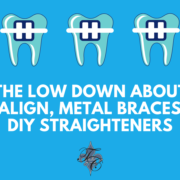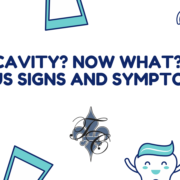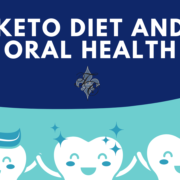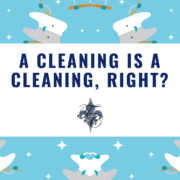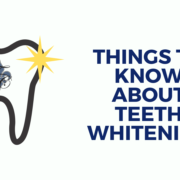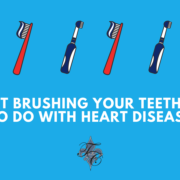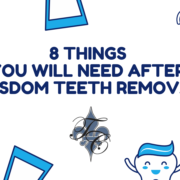The Low Down About Invisalign, Metal Braces and DIY Straighteners
Crooked teeth are not only problematic for aesthetics, they can lead to jaw pain and other issues that can affect your overall health. But straightening your teeth can mean a lot of time in the orthodontist’s office — and a big dent on your wallet.
The cost alone is why so many have turned to do-it-yourself (DIY) teeth-straightening treatments, despite dentists and orthodontists warning that it’s a bad idea.
Here’s a look at what services are available to straighten your smile, and which options are better for your overall oral health and budget.
Benefits of Metal Braces
Metal braces, the more traditional treatment for crooked teeth, involve brackets that typically run along a wire, both of which are pressed against your teeth. The wire and brackets help to support slight movements, which in turn can better align and straighten your teeth.
Metal braces typically cost between $3,000 and $5,000, depending on the severity of the tooth problems and whether you have dental insurance.
Here are the benefits of metal braces (as opposed to Invisalign or other teeth-straightening treatments):
- Braces are not removable, so you don’t risk your child taking them off while you’re not watching.
- Braces are better at fixing more complicated alignment issues. They’re known for being better than Invisalign if the problems are complex.
- Unlike Invisalign, which is used more often to treat the look of crooked teeth, braces are able to also correct other problems, like malocclusion or bad bites.
Benefits of Invisalign
Invisalign braces are computer-made trays that you wear on the top and bottom rows of your teeth 24 hours a day to straighten your teeth. You change them out every two weeks, although some trays last six months to a year.
Invisalign typically costs between $3,000 and $8,000.
Here are the benefits of Invisalign:
- As the name suggests, Invisalign trays are relatively hard to notice when someone is wearing them. For people who are reluctant to smile with metal braces showing, this is an aesthetically appealing alternative.
- Invisalign also doesn’t impact your speech, a complaint for some people who wear metal braces.
- For people without complex alignment or bite problems, Invisalign is a great way to straighten your teeth, as long as you don’t need to improve overall functionality.
DIY tooth-straighteners
There is only one benefit to DIY braces — lower cost — but the money you save in the beginning likely will be offset by the money you’ll have to spend later to correct the problems that DIY braces can cause.
The trend started a few years ago, when a college student used a 3D printer to print his own braces. Since then, there have been a plethora of DIY alignment gimmicks that will ship your alignment trays to your front door.
But there are some drawbacks, orthodontists say:
- If the company you’re purchasing from doesn’t do X-Rays beforehand, you run the risk of inserting braces over an undiagnosed condition or problem in your mouth. If that happens, the condition of your teeth could worsen.
- Dentists warn that DIY braces kits often move the teeth quickly — in 16-20 weeks — and that’s way too fast. If your teeth move too fast, it can damage your bones and gums.
- And if the tooth moves in the wrong direction, which it very well could without proper supervision from a professional, you can “throw off your bite.”
As you can see, there are a lot of options for fixing a crooked smile, but they should always start with a consultation with a dentist or orthodontist. Contact Dr. Tim Chauvin’s office today for help.

